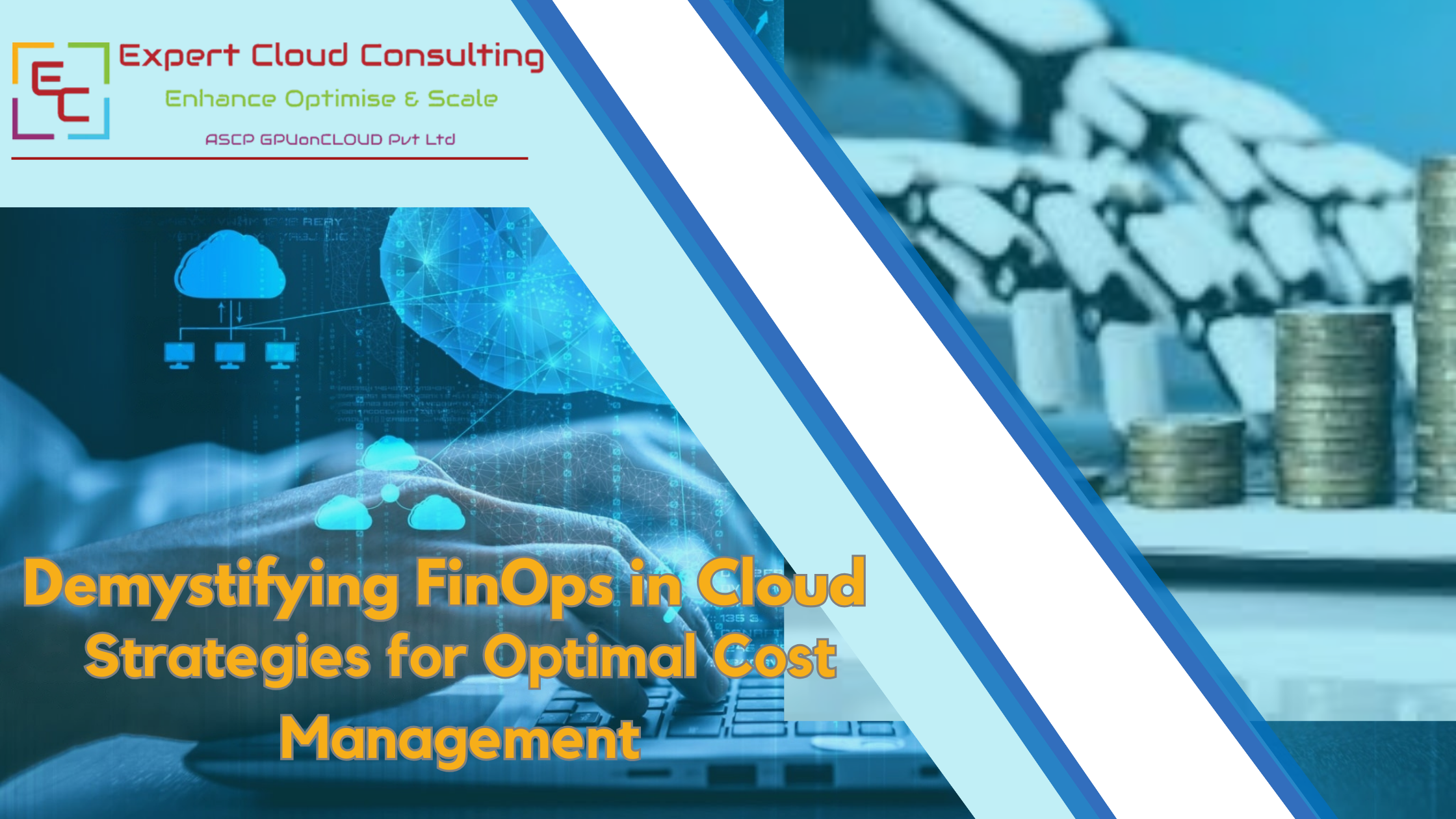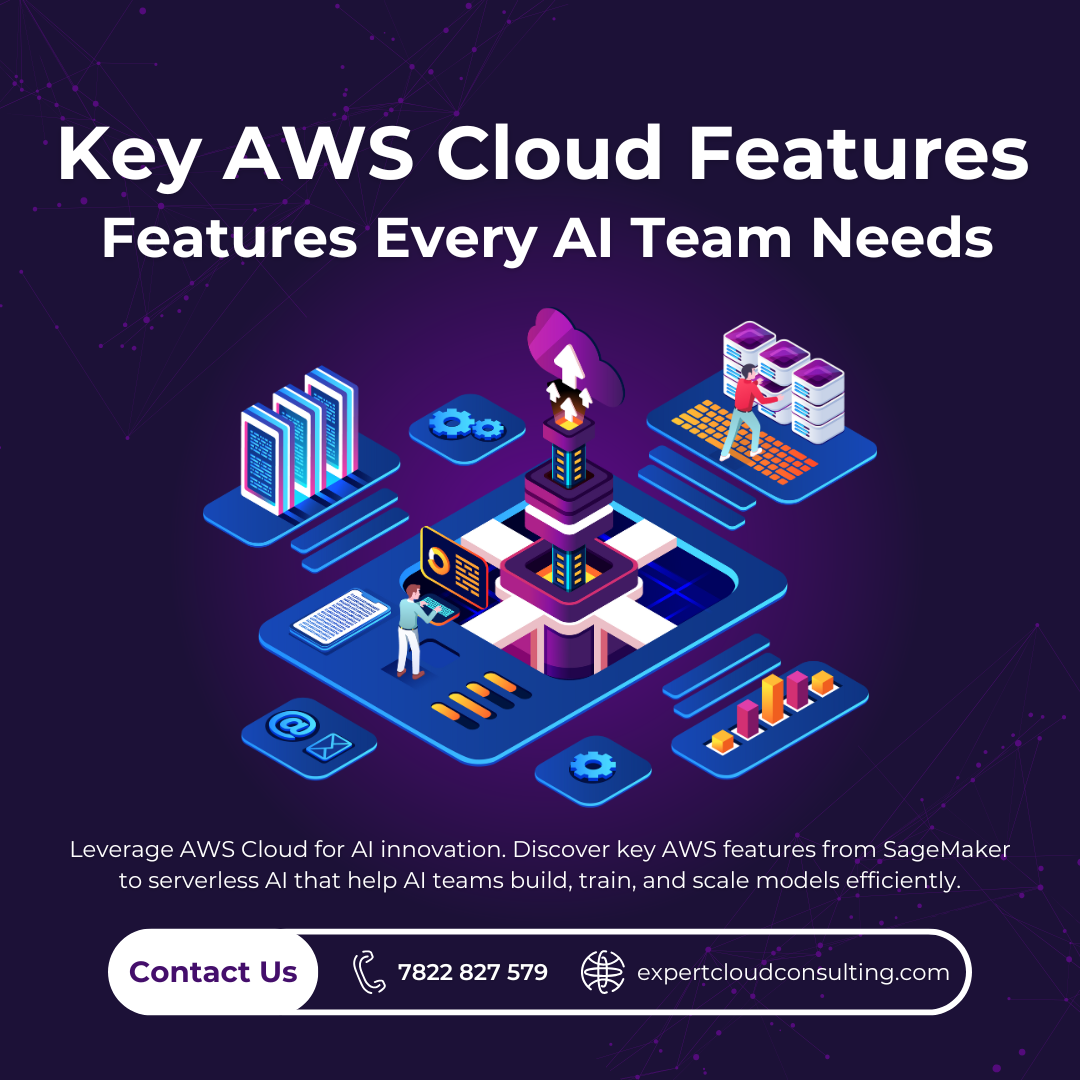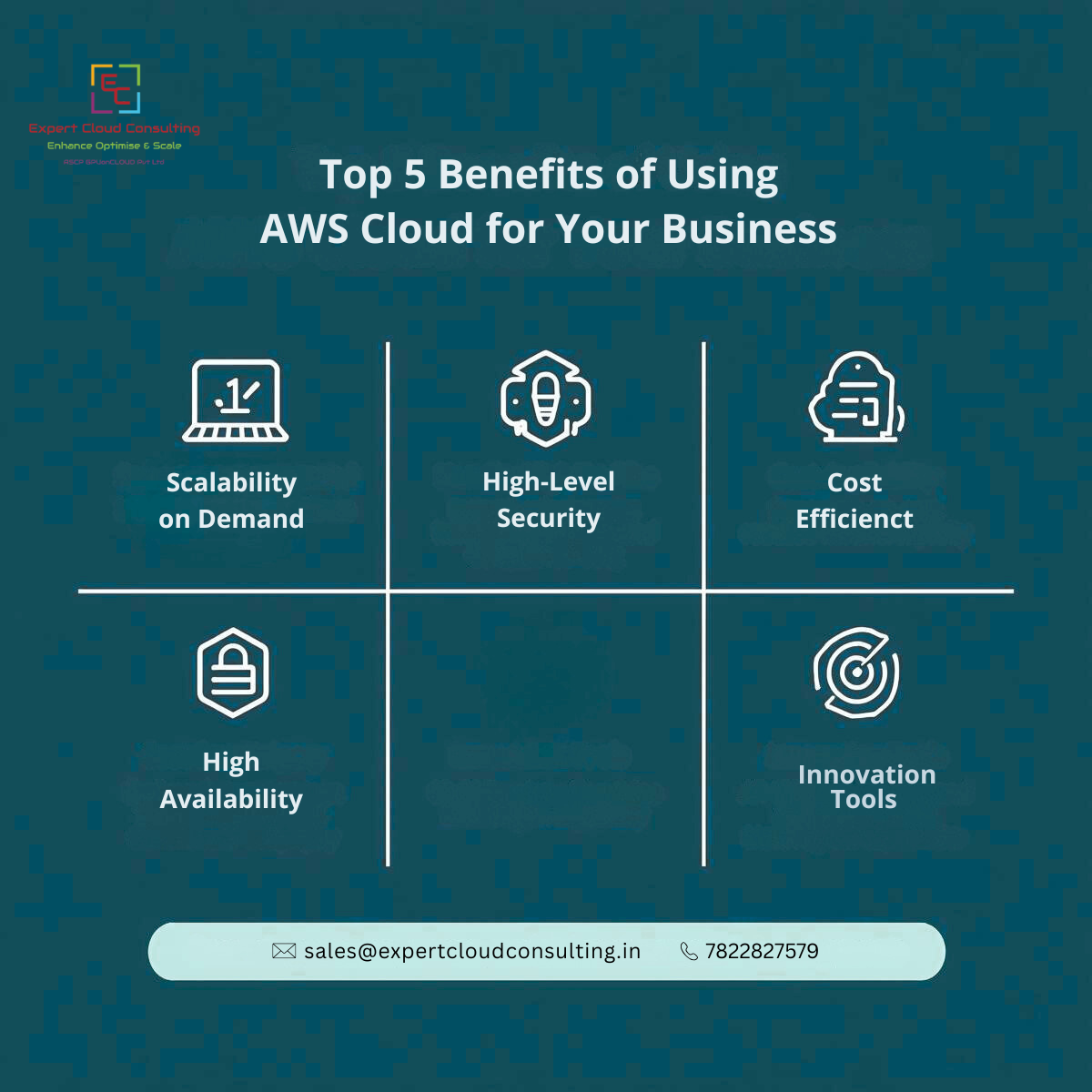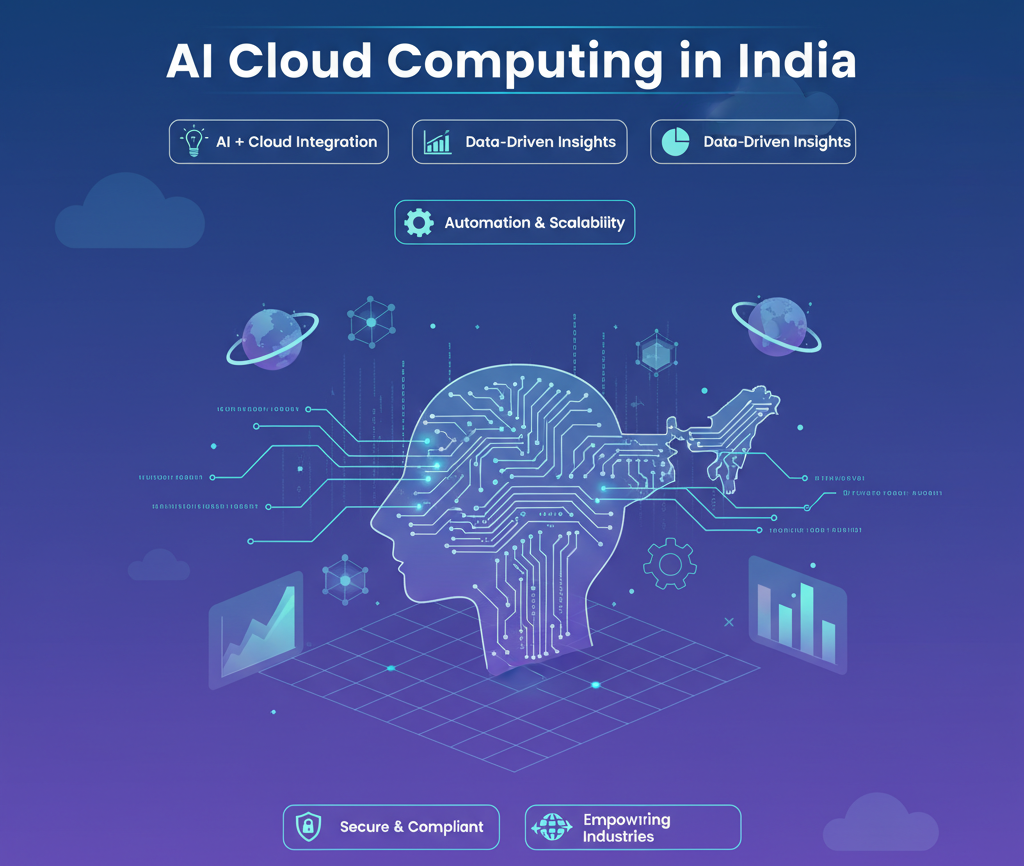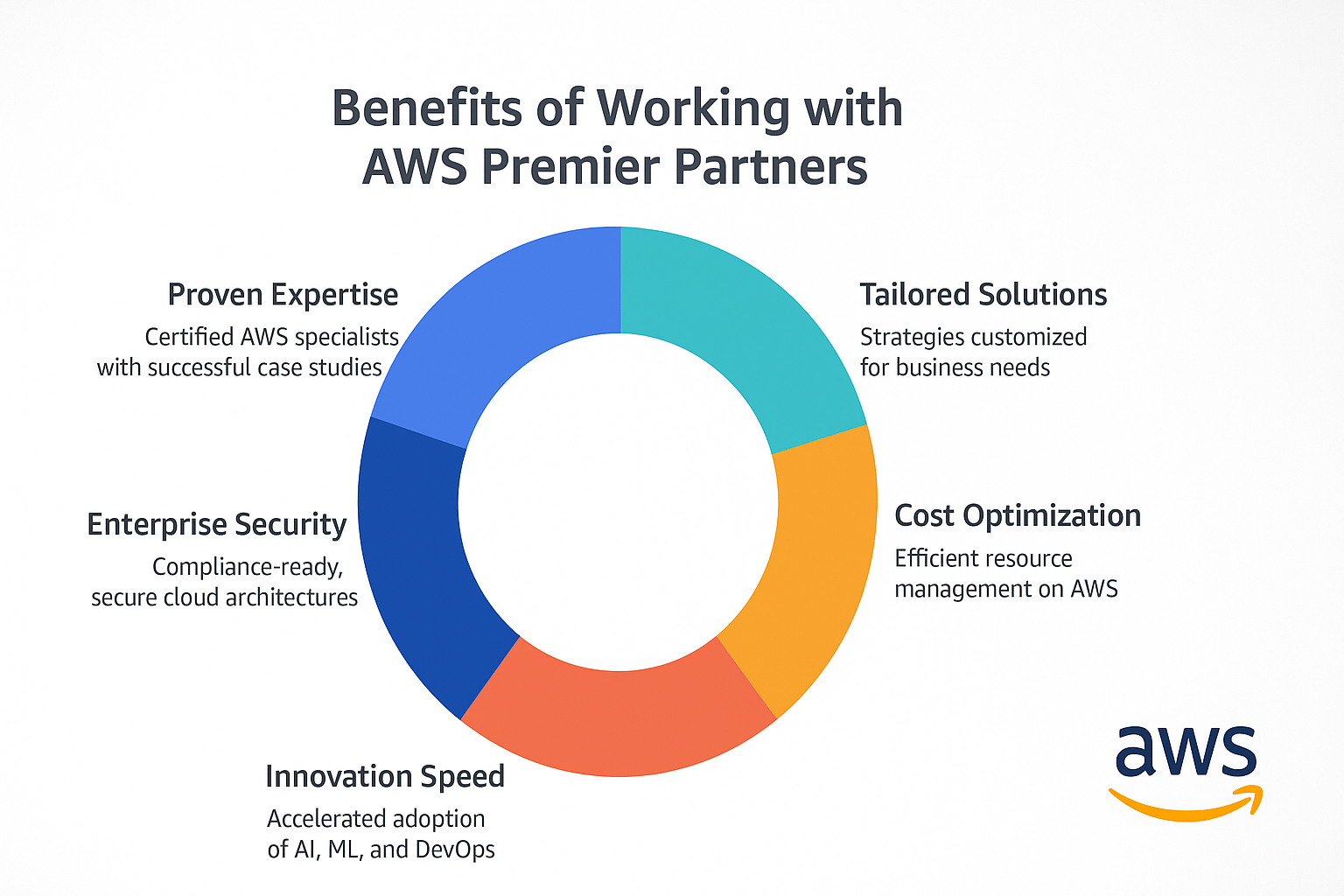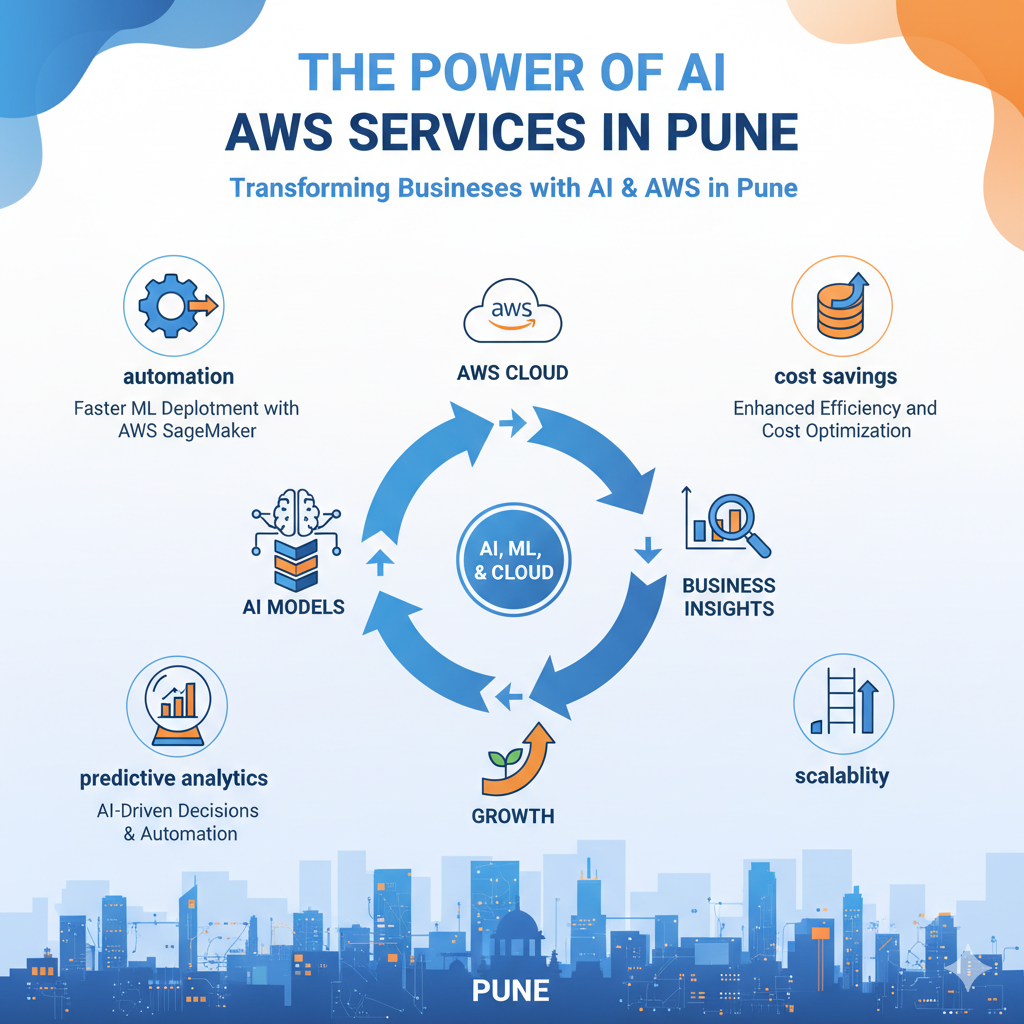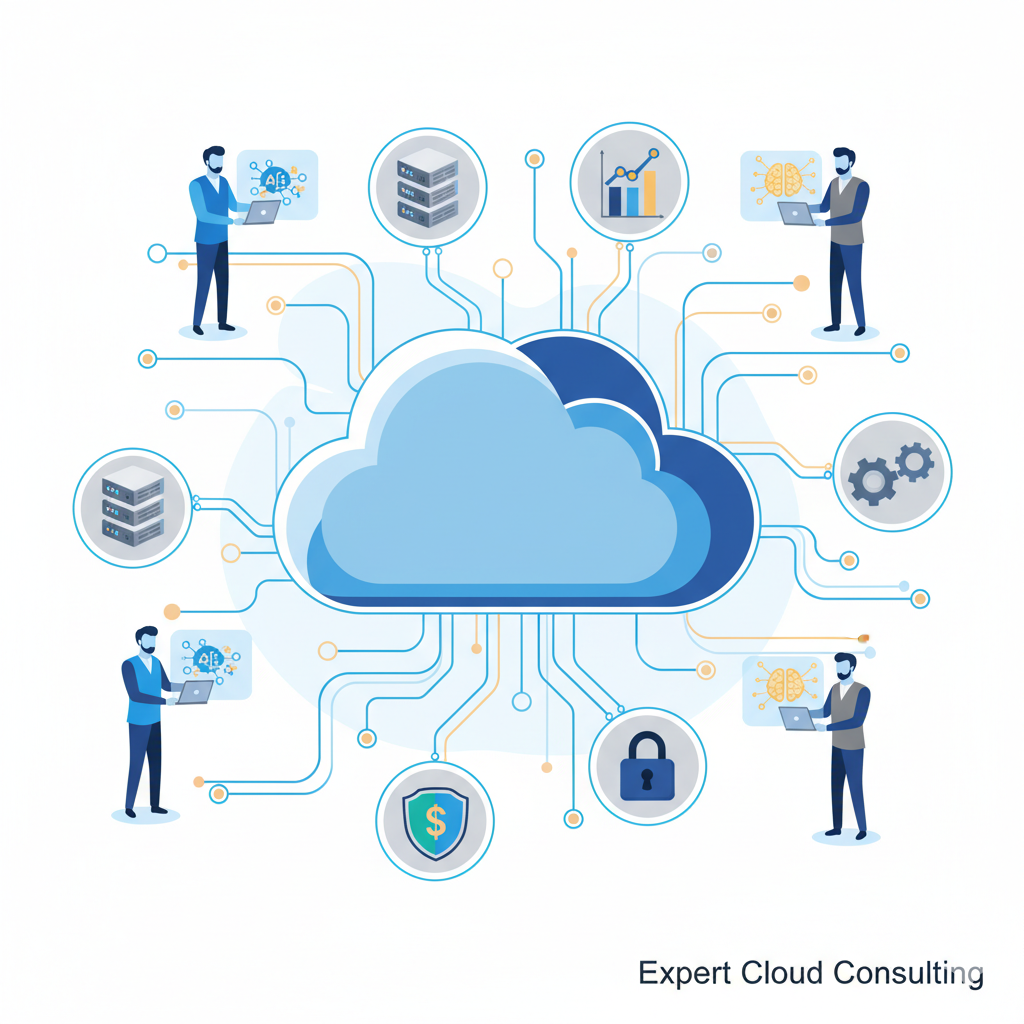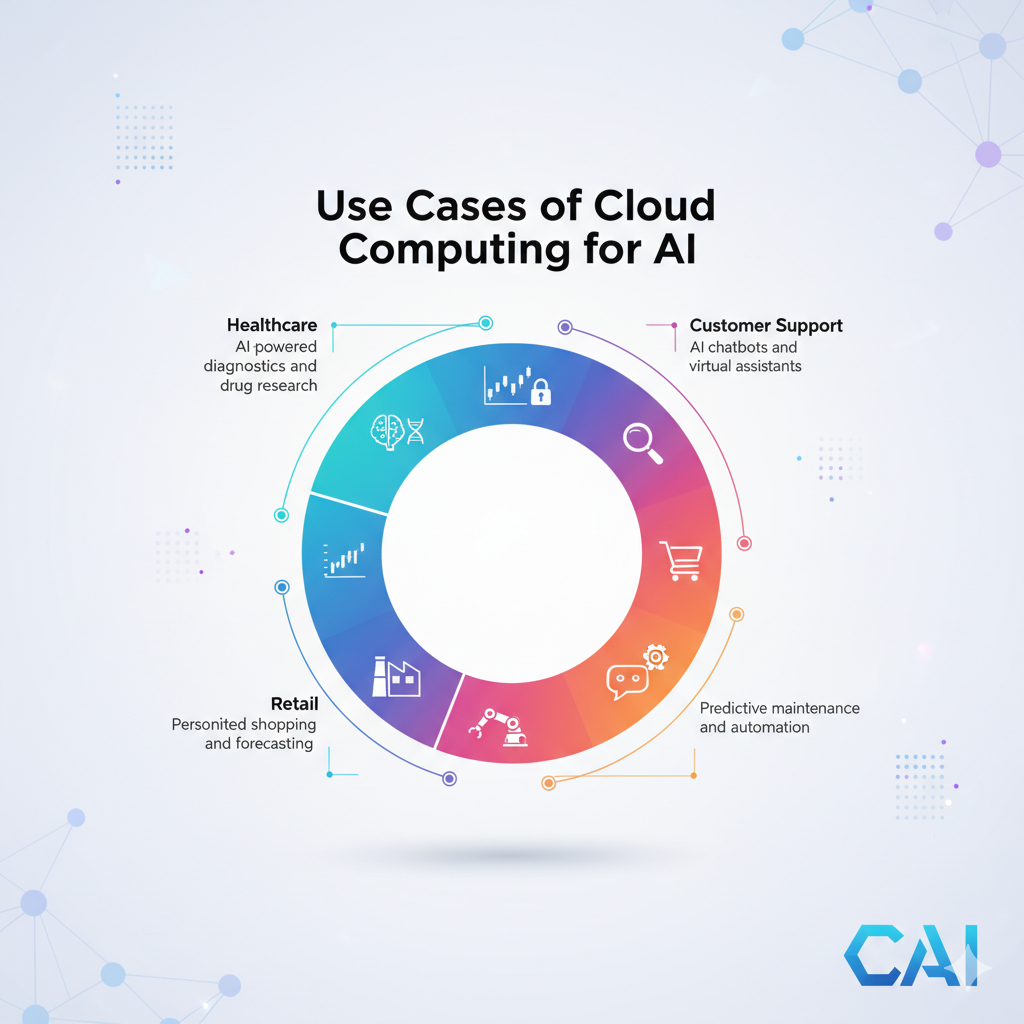Introduction
The need for effective cost management in cloud consulting has never been more critical as businesses continue to migrate their operations to the cloud. FinOps is a term that combines "Financial Operations" and "Cloud," with the goal of optimizing cost control and resource utilization in cloud computing. In this blog, we'll look at FinOps and the best practices for achieving cost efficiency and transparency in cloud consulting.
What is FinOps in the Cloud?
The framework known as FinOps, or financial operations, is centered on effectively managing cloud expenses and maximizing cloud resource utilization. FinOps is crucial in cloud consulting for assisting businesses with cost management, team and project accountability, and the making of well-informed cloud investment decisions.
Best Practices in FinOps for Cloud :
1. Implement Cost Allocation and Tagging: [Resource Allocation]
Implementing cost allocation and tagging is like putting price tags on every item in a store – it brings clarity and accountability to your cloud spending. With this strategy, you can assign costs to specific projects or departments, enabling you to track and optimize your cloud expenses effectively. It's a fundamental practice for controlling costs and enhancing financial transparency in your cloud operations.
2. Set Clear Budgets and Monitor Closely: [Budget Management]
Set up clear budgets for your cloud services and keep a close eye on them. Use third-party or cloud provider tools to get alerts when your budget reaches or exceeds preset limits. Cost predictability is supported by this practice.
3. Leverage Cloud Cost Management Tools: [Cloud Management]
Strong cost management tools are available from cloud service providers, including AWS Cost Explorer, Azure Cost Management, and Google Cloud's Cost Management Tools. Use these tools to learn more about your spending habits and spot areas for improvement.
4. Adopt Reserved Instances and Savings Plans: [Cost Predictability]
Reserved Instances (RIs) assist businesses by providing a significant discount in exchange for a commitment to a specified usage level over a period of time. on the other hand, Savings Plans offer the flexibility and elasticity of their resources while guaranteeing lower prices and longer commitments.
Both mechanisms essentially act as forward-looking investments, aligning your cloud expenses with your organization’s anticipated usage. This strategic approach ensures that your cloud resources are allocated intelligently, striking a balance between innovation and fiscal prudence, ultimately contributing to the financial health of the organization.
5. Continuous Optimization and Right-Sizing: [Resource Efficiency]
Rightsizing in the cloud is like Goldilocks finding the perfect chair - it's about selecting the instance type and size that's just right for your workload. By aligning your cloud resources with your actual needs, you can achieve a sweet spot of cost savings and optimal performance. It's a crucial practice for businesses looking to maximize efficiency in the cloud while avoiding the pitfalls of overprovisioning or underutilization.
6. Automate Resource Scaling: [Cloud Automation]
To dynamically adjust resource allocation based on demand, use automation and auto-scaling. During times of low activity, this practice guarantees effective resource utilization and cost savings.
7. Well Architecture: [State Of The Art]
Embracing well-architected frameworks, helps you understand the decisions you make while building workloads on the cloud. The Framework provides architectural best practices for designing and operating reliable, secure, efficient, cost-effective, and sustainable workloads in the cloud.
8. Educate Teams on Cost Awareness: [Continuous Learning]
Encourage a cost-conscious culture within your company. Teach your teams about the fundamentals of FinOps, recommended procedures, and the significance of efficient resource use. Encourage them to exercise caution when using the cloud.
9. Regularly Audit and Optimize: [Anomaly Detection]
Utilize cost anomaly detection tools to spot unanticipated cost increases. Conduct audits frequently to identify optimization opportunities and quickly address cost irregularities.
10. Stay Informed and Adapt: [Cloud Evolution]
The cloud environment is constantly changing. Utilize industry publications, webinars, and cloud provider updates to stay up to date on new services, pricing strategies, and best practices. You should change your FinOps plans accordingly.
Conclusion:
FinOps is the compass used in cloud consulting to lead businesses through the complexities of cloud cost management. FinOps makes sure that the cloud continues to be a potent and affordable resource for businesses of all sizes, fostering innovation while upholding fiscal responsibility.
So it deals with the combination of strategies, techniques, best practices, and tools that not only help reduce cloud costs but also maximize the business value of using the cloud.


